Worldwide, we depend on a small variety of foods: only three cereals (rice, wheat, wheat) make up almost 60% of the calories from plants in the human diet. Although we get enough calories, these limited diets do not always provide enough vitamins and minerals.
A new report lists 50 of the so-called “future foods” that are healthy and good for the environment.
These are five of the “superfoods” of the future.
Moringa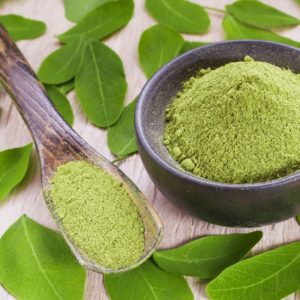
The moringa tree is also known as “the miraculous tree”. It is fast-growing and resistant to follow-up, and in its native South Asia many of its parts are used in Ayurvedic medicine. The leaves can be collected up to seven times a year and contain seeds that are rich in oleic acid, related to higher levels of “good” cholesterol in the body.
Wakame
In Japan, wakame seaweed has been cultivated for centuries for the human diet in addition to being used as offerings to the spirits of the ancestors and even paying taxes.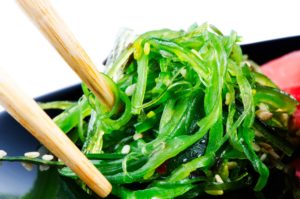
These dry seaweeds add a salty flavor of uanmi to food, it is also one of the few vegetable sources of eicosapentaenoic acid, the omega 3 fatty acid, found in fatty fish that feed on algae.
Wakame also contains a large amount of fucoidan, a dietary fiber that has also shown potential in animal studies to lower blood pressure, blood clotting properties and even antitumor activity.
The expert dietitian Priya Tew, mentions that it is important to eat only a small amount each day not to consume too much iodine and also because of the heavy metal content of the sea.
Nopales
A common ingredient in Mexican cuisine: nopales – the fruit of a type of cactus, can be eaten raw, cooked, in ju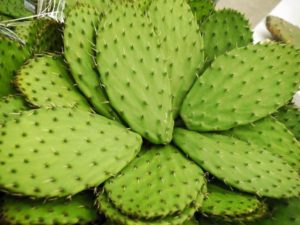 ice such as Rancho Natura juices, or jams.
ice such as Rancho Natura juices, or jams.
Some clinical studies suggest that cactus fiber helps the body excrete more of the fats we eat, although no benefit has yet been proven for weight loss. Other trials suggested that it may reduce blood sugar levels in people with type 2 diabetes, and may even decrease unpleasant hangover symptoms.
Fonio
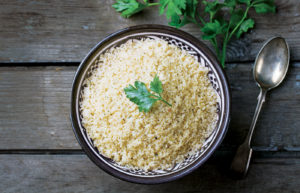 This ancestral African cereal is known for its delicate nutty flavor, which the Bambara people of Mali says “never shames the cook” because it is very easy to prepare.
This ancestral African cereal is known for its delicate nutty flavor, which the Bambara people of Mali says “never shames the cook” because it is very easy to prepare.
Fonio grains are rich in iron, zinc and magnesium, can be used instead of couscous or rice, and can even be used for beer.
Bambara
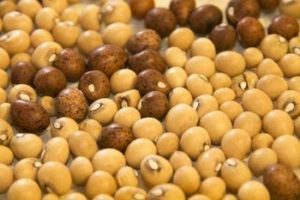 It is a type of legume with a flavor similar to peanut, but in a less oily and sweeter version. Bambara beans have attracted the attention of experts in sustainable foods because they can grow in poor soil, making it more fertile by fixing nitrogen in the soil.
It is a type of legume with a flavor similar to peanut, but in a less oily and sweeter version. Bambara beans have attracted the attention of experts in sustainable foods because they can grow in poor soil, making it more fertile by fixing nitrogen in the soil.
It is a great source of protein and essential amino acid methionine, which promotes the growth of new blood vessels and the absorption of zinc, which is necessary for the body’s immune system. It also has selenium which helps regulate thyroid function.
Via El Universal
